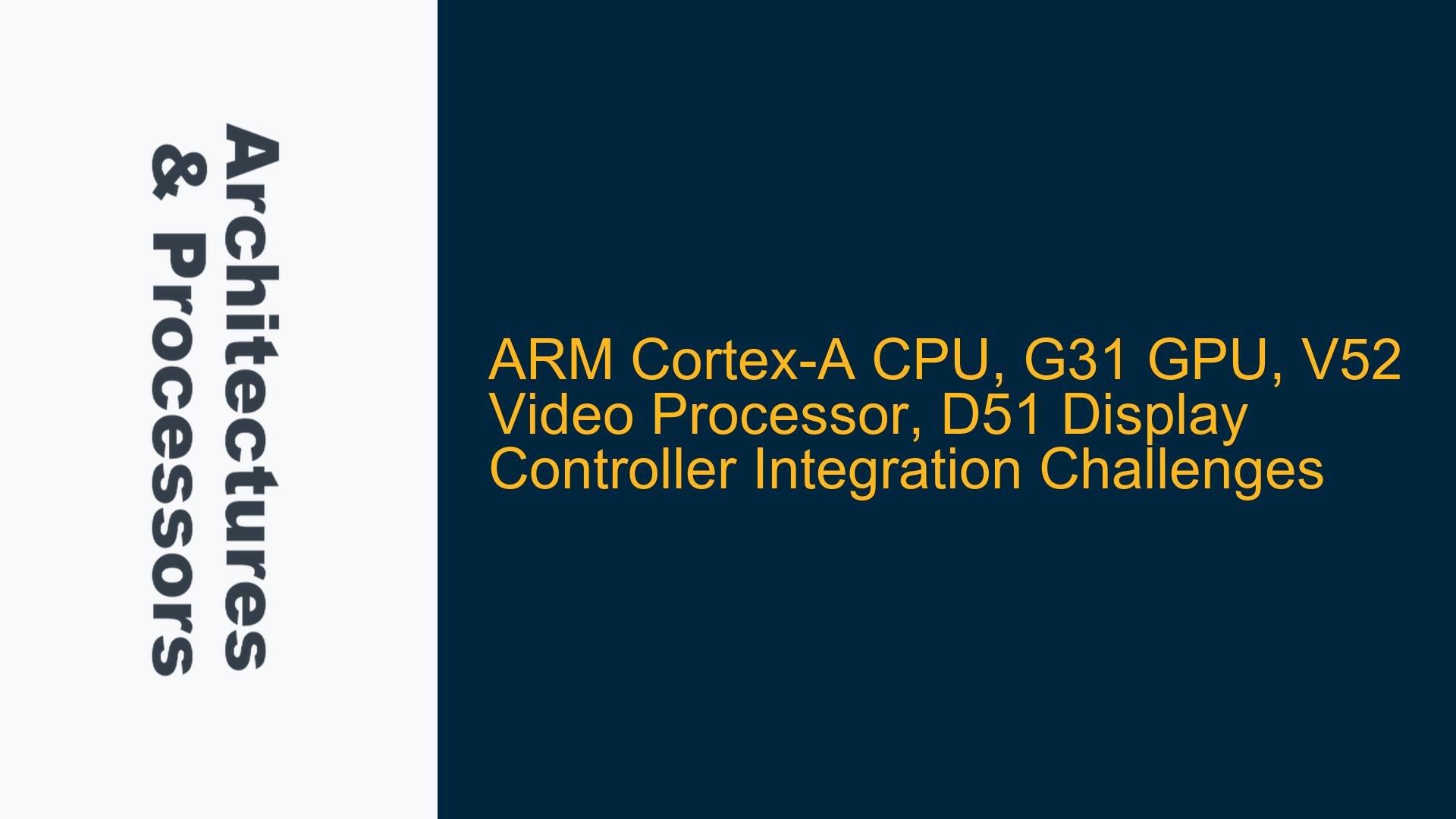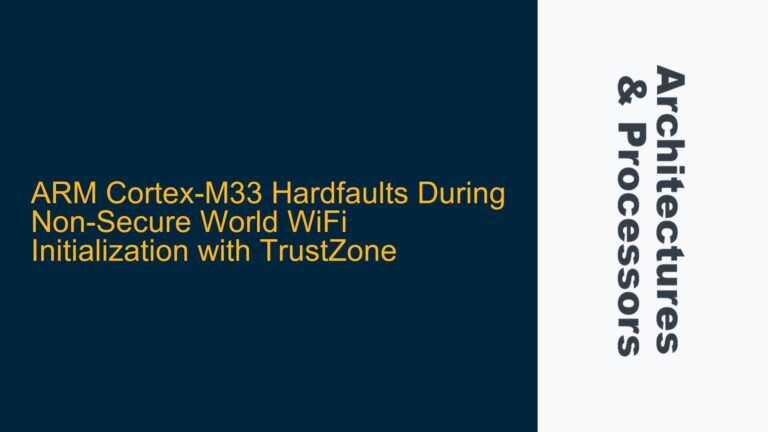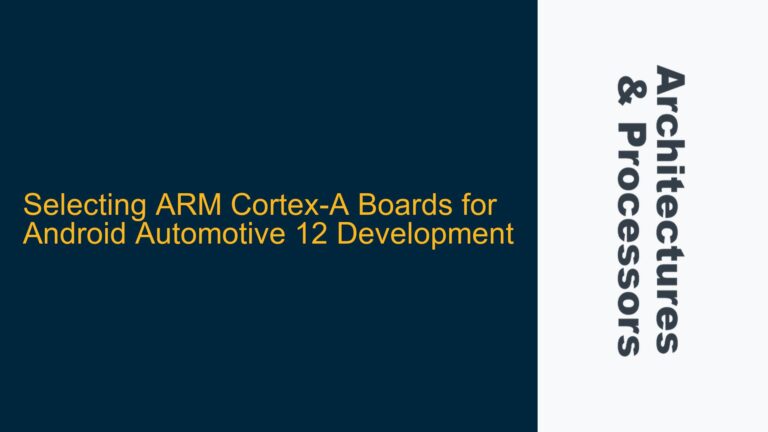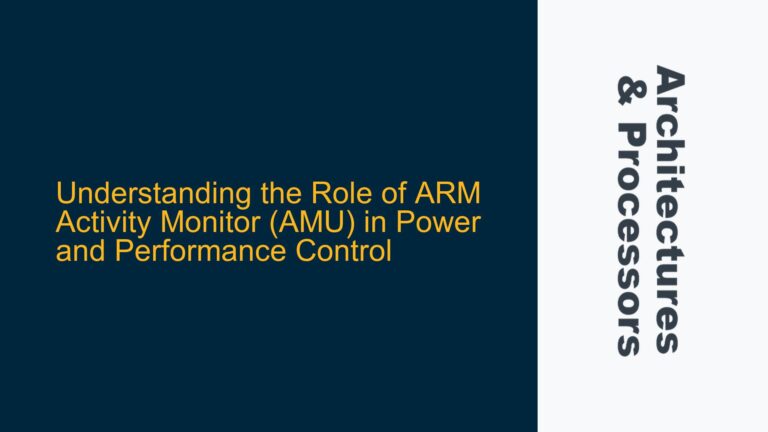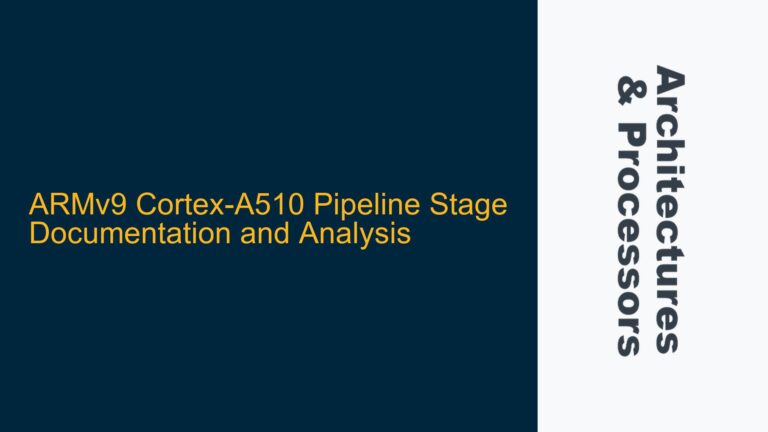ARM Cortex-A CPU, G31 GPU, V52 Video Processor, and D51 Display Controller Co-Design Complexity
The integration of an ARM Cortex-A CPU, ARM Mali-G31 GPU, V52 Video Processor, and D51 Display Controller into a single System-on-Chip (SoC) presents a multifaceted challenge, particularly when targeting advanced display interfaces such as HDMI, MIPI-DSI, MIPI-CSI, and DVP. The primary issue revolves around ensuring seamless co-operation among these heterogeneous IP blocks, each with its own clock domains, memory access patterns, and data flow requirements. The Cortex-A CPU typically serves as the central processing unit, managing system control and application execution, while the G31 GPU handles graphics rendering, the V52 Video Processor manages video encoding/decoding, and the D51 Display Controller interfaces with external display hardware. The complexity arises from the need to synchronize data transfers, manage shared memory resources, and ensure low-latency communication across these components.
The Cortex-A CPU must coordinate with the G31 GPU for rendering tasks, the V52 Video Processor for video stream processing, and the D51 Display Controller for frame buffer management. Each of these components has distinct performance requirements and interfaces, which must be carefully aligned to avoid bottlenecks. For instance, the G31 GPU may require high-bandwidth access to a shared memory subsystem for texture data, while the V52 Video Processor needs low-latency access to the same memory for video frame buffers. Simultaneously, the D51 Display Controller must fetch rendered frames from memory and output them to the display interface without introducing artifacts or delays. This intricate interplay demands a robust system architecture and meticulous verification to ensure correct functionality.
Memory Subsystem Bottlenecks and Clock Domain Synchronization Issues
One of the most critical challenges in this integration is the potential for memory subsystem bottlenecks. The Cortex-A CPU, G31 GPU, V52 Video Processor, and D51 Display Controller all rely on shared memory resources for data exchange. The Cortex-A CPU may be executing application code and managing system tasks, requiring frequent access to DRAM. The G31 GPU, on the other hand, needs high-bandwidth access to memory for texture and frame buffer data, while the V52 Video Processor requires low-latency access for video frame processing. The D51 Display Controller must fetch rendered frames from memory and output them to the display interface in real-time. If the memory subsystem is not designed to handle these concurrent access patterns efficiently, performance degradation and data corruption can occur.
Clock domain synchronization is another significant issue. The Cortex-A CPU, G31 GPU, V52 Video Processor, and D51 Display Controller may operate in different clock domains, necessitating careful handling of cross-clock domain signals. For example, the Cortex-A CPU may run at a higher clock frequency than the G31 GPU, while the V52 Video Processor and D51 Display Controller may operate at yet another frequency. Ensuring proper synchronization of data transfers and control signals across these domains is crucial to avoid metastability and data loss. This requires the use of synchronizers, FIFOs, and other clock domain crossing (CDC) techniques, which must be thoroughly verified to ensure correct operation under all conditions.
Optimizing Bus Fabric Configuration and Implementing Comprehensive Verification Strategies
To address these challenges, the first step is to optimize the bus fabric configuration. The AMBA AXI bus fabric must be designed to handle the high-bandwidth requirements of the G31 GPU and V52 Video Processor while ensuring low-latency access for the D51 Display Controller. This may involve implementing multiple AXI interfaces with different priorities, using Quality of Service (QoS) mechanisms to prioritize critical data transfers, and employing advanced features such as out-of-order transaction handling and interleaving. The memory controller must also be configured to support the required bandwidth and latency, potentially using techniques such as bank interleaving, burst mode, and prefetching.
Comprehensive verification strategies are essential to ensure the correct operation of the integrated system. This includes both simulation-based verification and hardware emulation. Simulation-based verification should cover a wide range of test cases, including stress tests to evaluate the system’s performance under maximum load, corner cases to identify potential issues at the boundaries of the design space, and functional tests to verify correct operation under normal conditions. Hardware emulation can be used to validate the design in a more realistic environment, providing insights into real-world performance and identifying issues that may not be apparent in simulation.
In addition to functional verification, power domain and DFT (Design for Test) challenges must be addressed. The Cortex-A CPU, G31 GPU, V52 Video Processor, and D51 Display Controller may operate in different power domains, requiring careful management of power states and transitions. This includes implementing power gating, clock gating, and voltage scaling techniques to minimize power consumption while maintaining performance. DFT strategies must ensure that all components can be thoroughly tested, including the use of scan chains, boundary scan, and built-in self-test (BIST) mechanisms.
In conclusion, the integration of an ARM Cortex-A CPU, G31 GPU, V52 Video Processor, and D51 Display Controller into a single SoC is a complex task that requires careful consideration of memory subsystem design, clock domain synchronization, bus fabric configuration, and comprehensive verification strategies. By addressing these challenges systematically, it is possible to achieve a high-performance, low-power SoC that meets the requirements of advanced display interfaces such as HDMI, MIPI-DSI, MIPI-CSI, and DVP.
